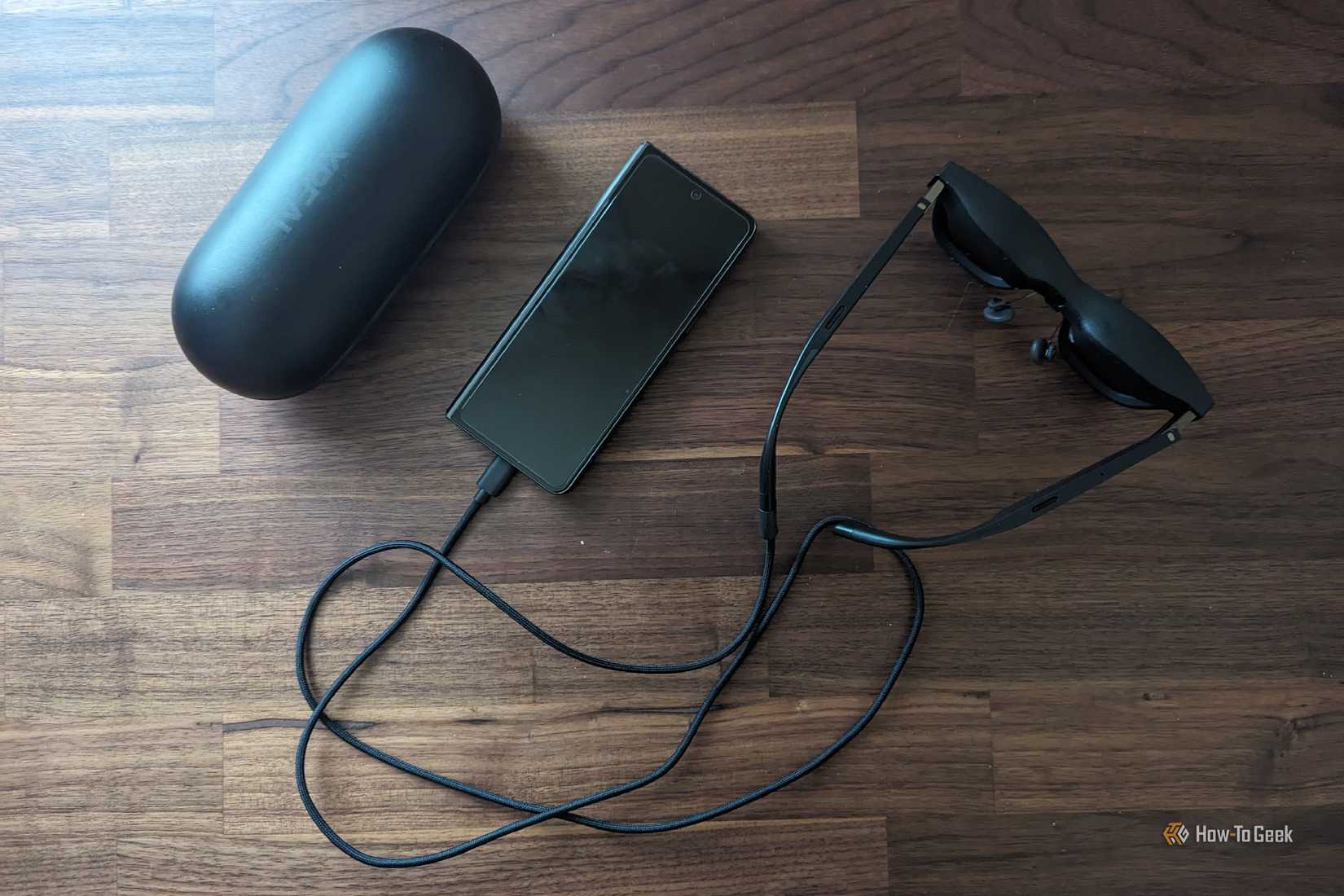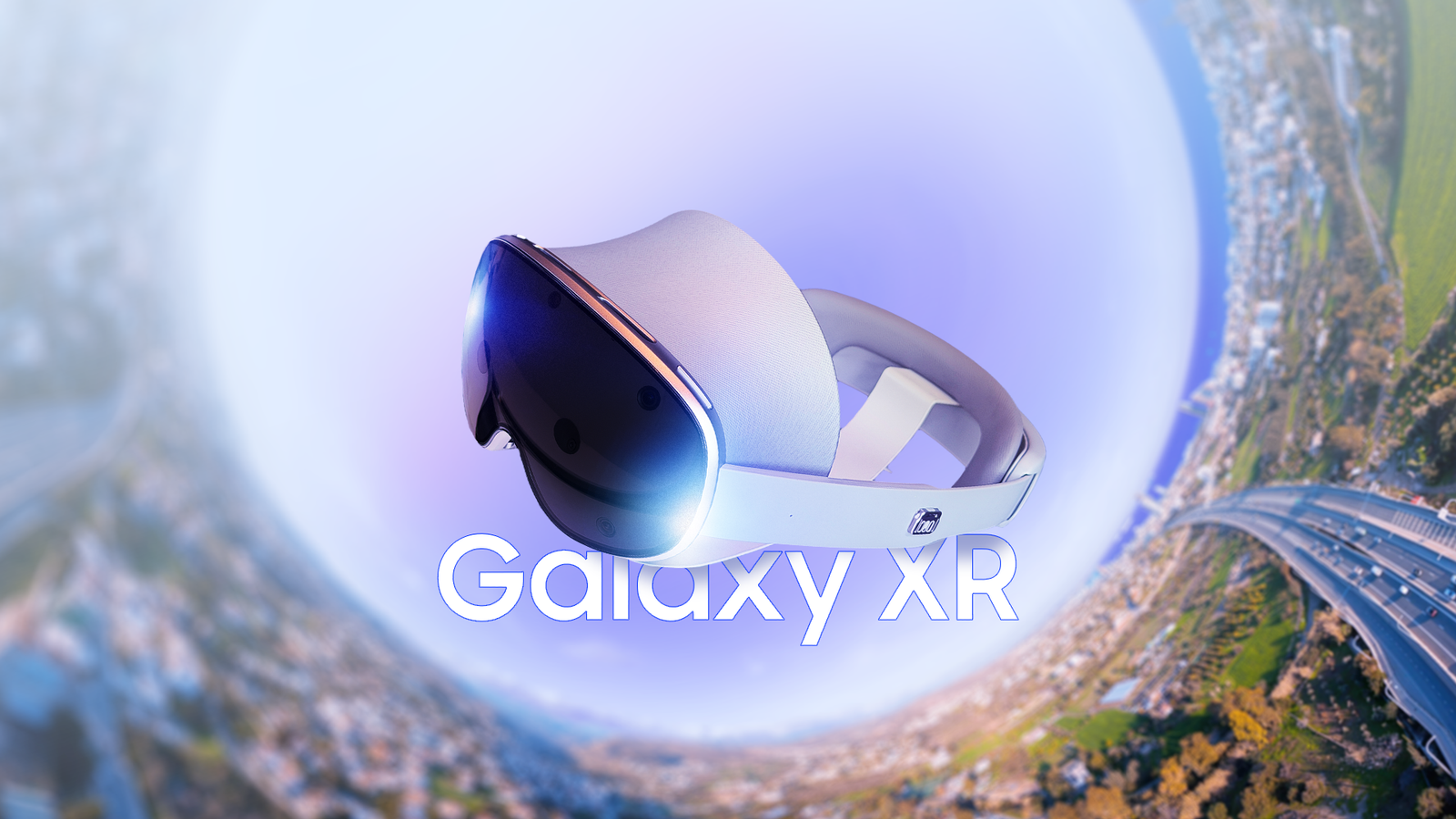At $1800, Galaxy XR is half the price of the Apple Vision Pro, but it’s still far from an impulse buy. Yet I’ve decided to buy one and am about to take the plunge into VR for the first time. Here’s why this headset appeals to me when others have not.
Most exciting update to Android in years
Firstly, I doubt I could justify this purchase if I were not covering Android for a living. I started my career at Android Police during the days of the Nexus 5. But it’s not just that—Android has matured to a point where I’m able to do all of my professional work directly from a foldable phone. That makes me a prime candidate for confirming whether a headset like Galaxy XR really is viable for professional work. Android isn’t just the OS I cover. It’s the only one I use on a regular basis.
Android XR is the first version of Android targeting a new platform in a decade. The last was when Android first appeared on our TVs back in 2014. While I love my phone, smartphone apps are a known quantity. But XR apps? That’s the wild frontier.
Android XR is coming to other devices
Galaxy XR is not a headset running its own bespoke OS. Rather, it’s a showcase for Android XR. Samsung has made the hardware, but virtually all the software will eventually appear on other devices. XREAL’s Project Aura glasses are an example of one such product we already know is in the works.
This doesn’t surprise me. When I first watched demos of Android XR, they struck me as an updated version of the interface on the XREAL Beam Pro, a product I reviewed for MakeUseOf last year. It was a compelling vision held back by underpowered hardware, and I ultimately preferred to continue plugging my XREAL Air 2 Pro glasses into my phone instead.

Credit: Bertel King / How-To Geek
Galaxy XR is primarily a collaboration between Samsung and Google, but those are hardly the only two companies invested in Android XR.
It will integrate with my other Galaxy hardware
Galaxy XR may largely be running a vanilla version of Android VR, but the fact that this is a Samsung device is a plus for me. That means I’m likely to have an easier time integrating this headset with my other devices. I’m surprised to say this, as I’m someone who detested Samsung phones in my Android Police days, but the company’s modern hardware has won me over. The Galaxy Z Fold 6 in my hand is a combination of sleek hardware and configurable software that I can’t buy from anyone else (even the Chinese foldables that don’t come to the US lack something equivalent to Good Lock, DeX, and Samsung’s S Pen apps all in one device).
I use Samsung-exclusive apps like Samsung Calendar, Reminder, and Notes. I go back and forth between Home Assistant and Samsung SmartThings to control all the Matter devices in my home. My wife was gifted a Frame TV that serves as a smart home hub. I hope I’m able to shift videos and photos between my phone and Galaxy XR headset as I am on my phone and Frame TV.

Credit: Bertel King / How-To Geek
Not the best hardware, but close
Galaxy XR is not the most powerful, high-end VR headset you can buy—that remains the Apple Vision Pro. Galaxy XR is the second best, but by the early impressions I’ve seen, it’s not far off.
I own XREAL Air 2 Pro glasses, which I used for a while as a desktop monitor replacement. I ultimately found the low resolution and fuzzy text to be impediments. I’m hoping the displays in the Galaxy XR address this issue. The Qualcomm Snapdragon XR2+ Gen 2 chip inside won’t match the power of the Apple Vision Pro, but it’s hopefully far more capable than the Snapdragon spatial companion processor that I experienced in the XREAL Beam Pro.
As far as Android XR headsets and glasses go, the Galaxy XR could possibly be the flagship product for a few years to come. I want to see what the experience is like when it’s at its best.
For most people who are interested in VR headsets, the question isn’t how the Galaxy XR compares to the Apple Vision Pro, but how it compares to the Meta Quest 3. At a relatively low $500, the latter is a far more affordable product (even though there are still plenty of unexpected costs of owning a Meta Quest 3). With a price tag of $1,800, it’s still unclear who exactly a headset like Galaxy XR is for.
Unfortunately for me, I refuse to buy a product from Meta. I care about data privacy, and Meta has made it clear time and time again that it does not. That means products like the Ray-ban Meta smart glasses are also a non-starter. It’s a shame, too, considering Meta is far ahead of everyone else in making XR products that people actually buy.
Are Samsung and Google significantly better? You’ll be hard-pressed to find a giant multinational that’s squeaky clean, but the beauty of the products from these two companies is that I’m able to disable or remove most of what I don’t want. My Google account exists almost exclusively for downloading apps from the Play Store, and I avoid nearly all the company’s other offerings. Notice how I haven’t mentioned Gemini once before now? I’m hoping I can disable Gemini on the headset, just like I disable it on my phone and smartwatch. AI-powered headset? No, thanks.
I’ve dabbled with augmented reality, but I’ve never owned a VR product. I’m excited to explore a world of 360-degree video that I’ve missed out on over the past decade of VR experimentation. While I’m intrigued by AR glasses that primarily serve as private home theater displays, Galaxy XR is the first VR headset to pique my interest in quite the same way.
